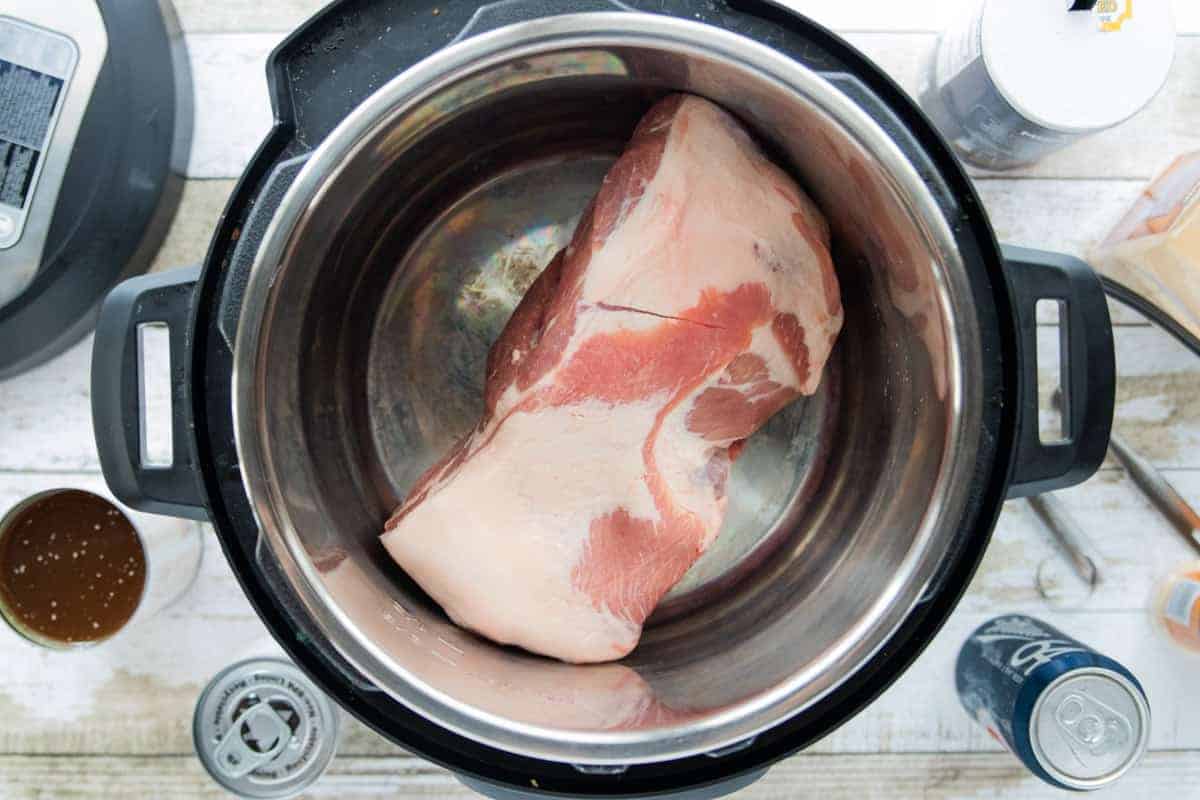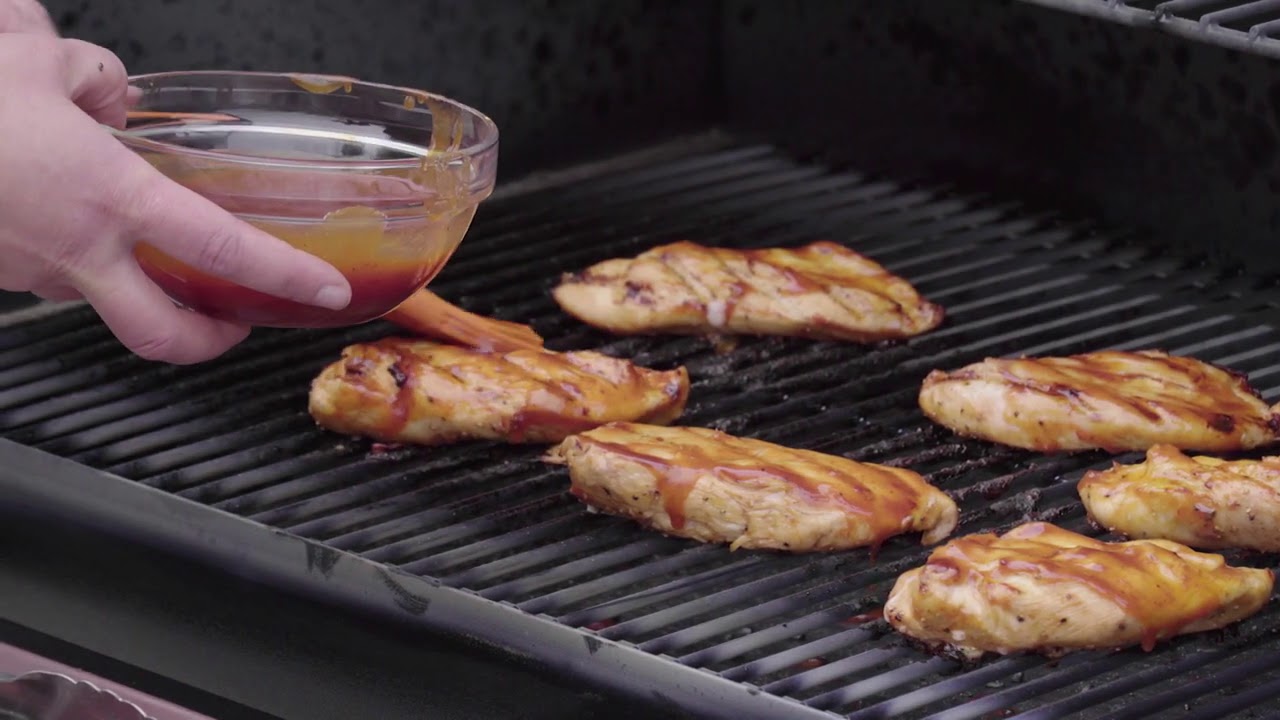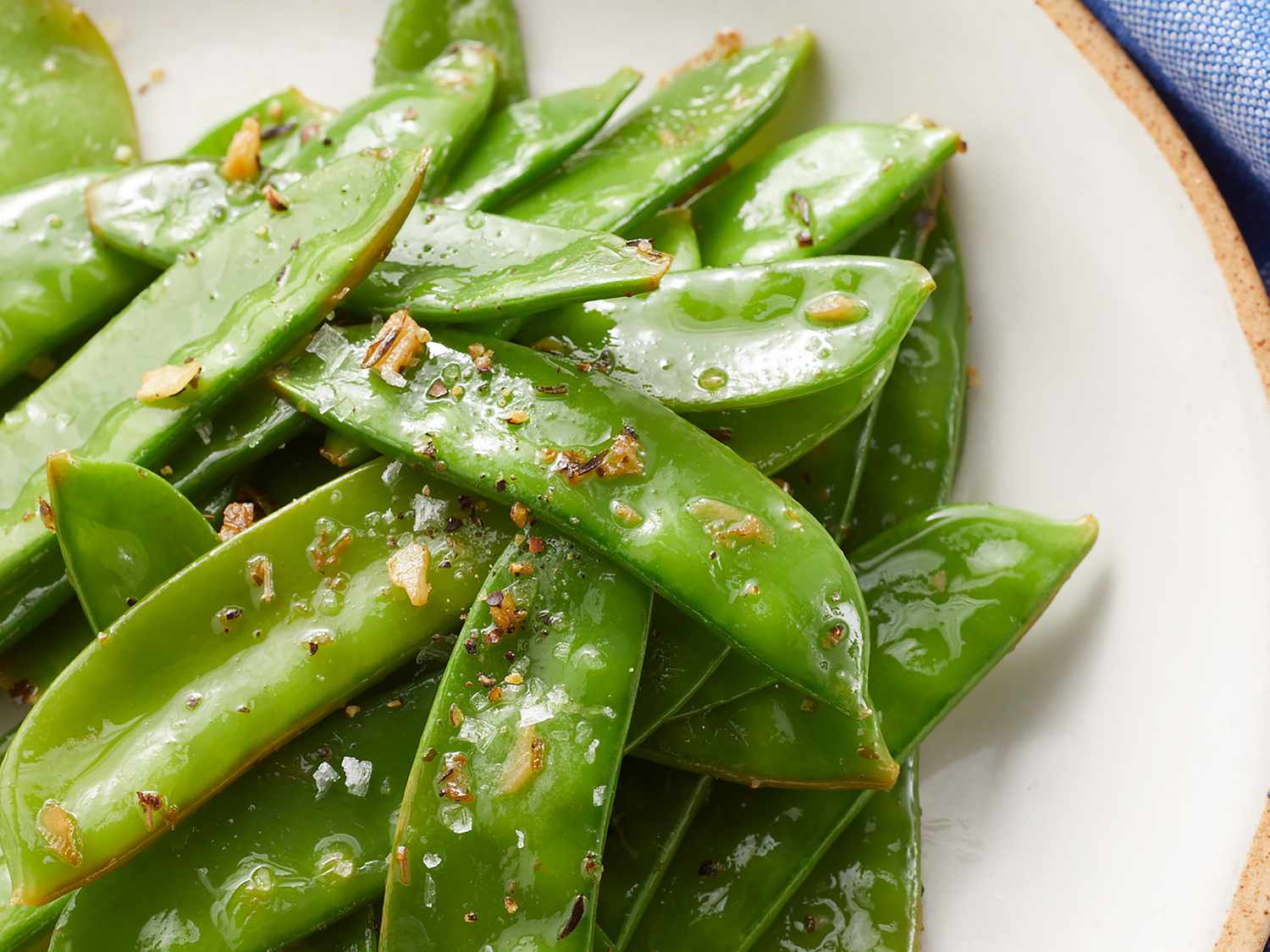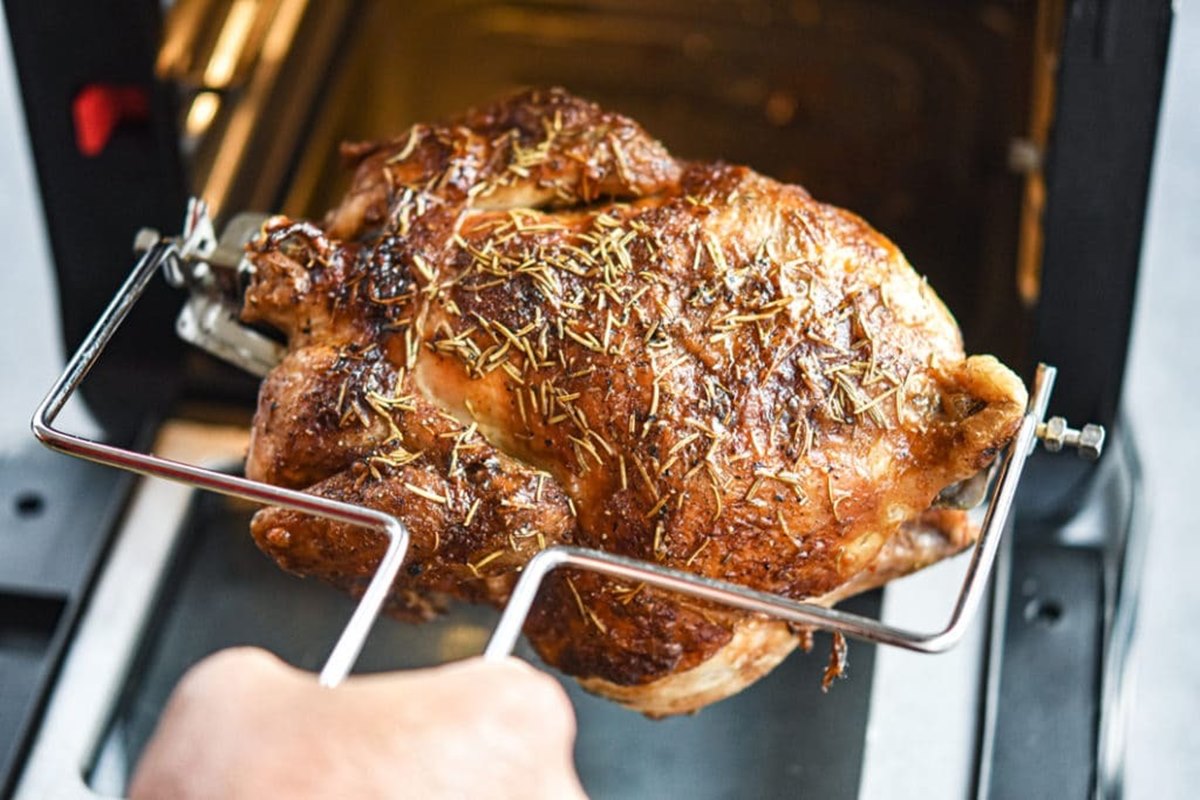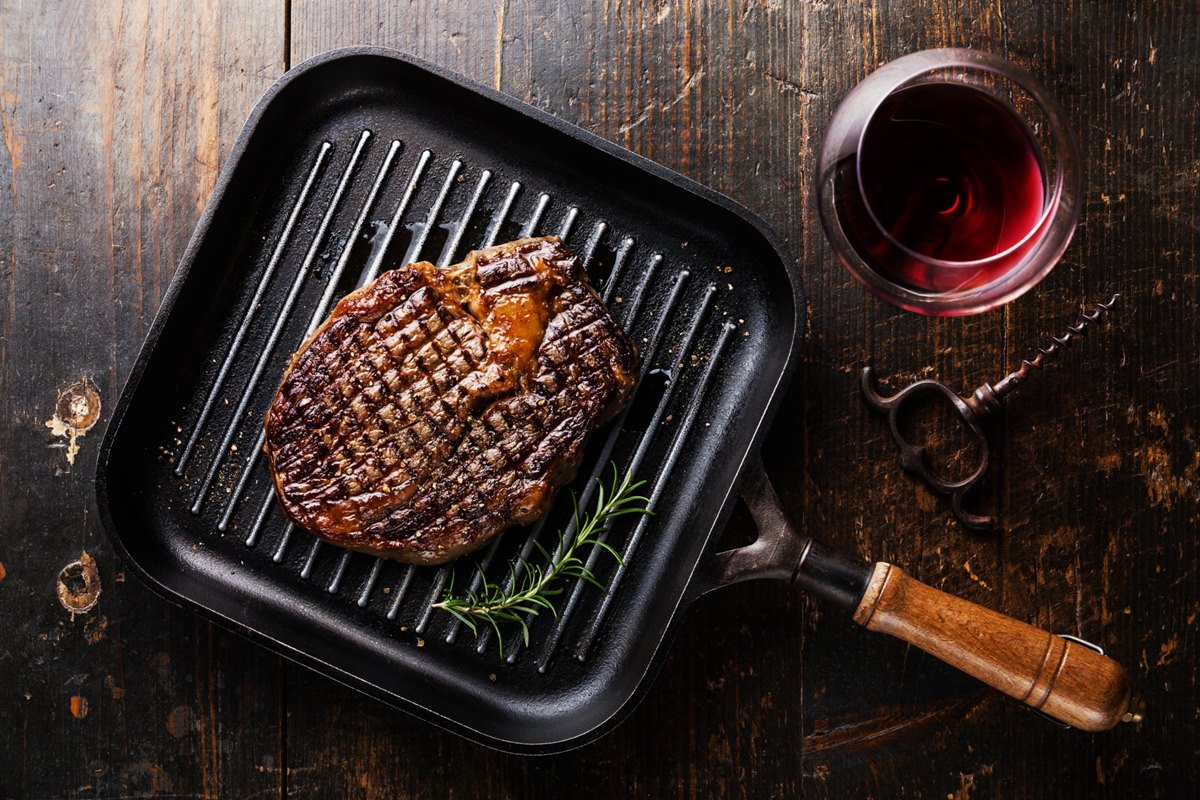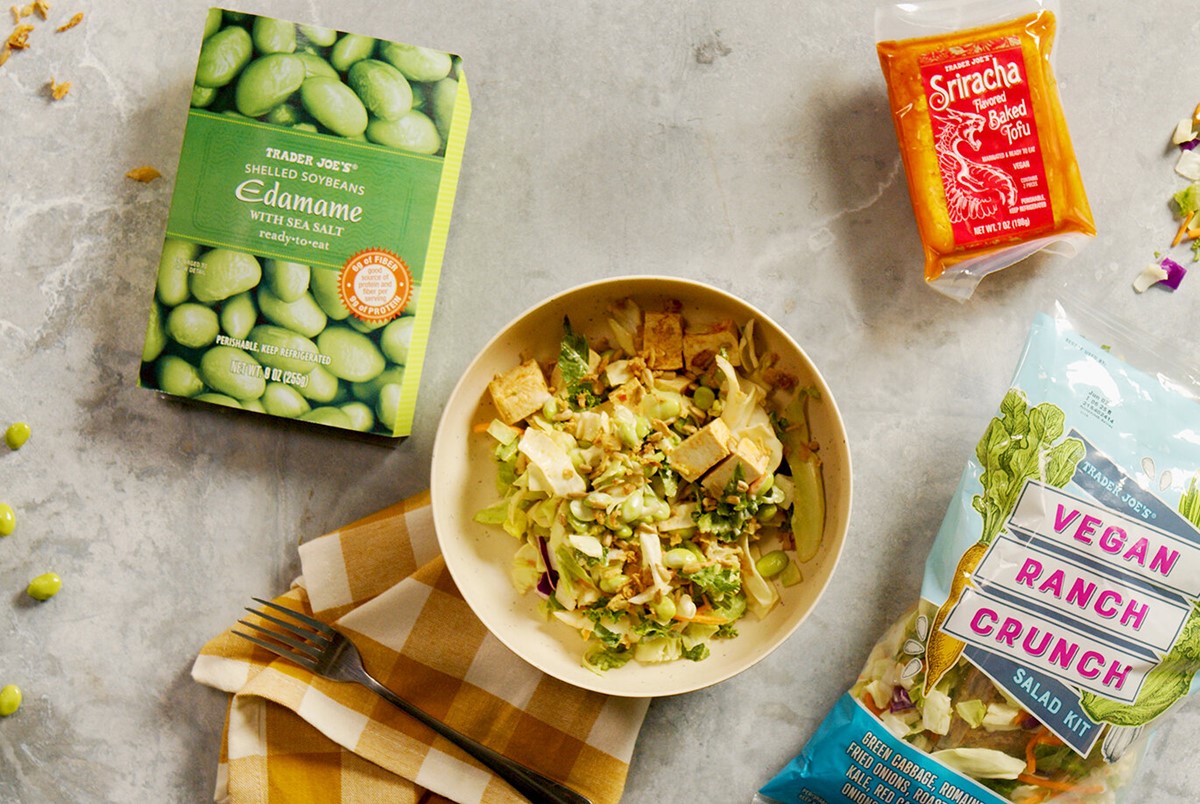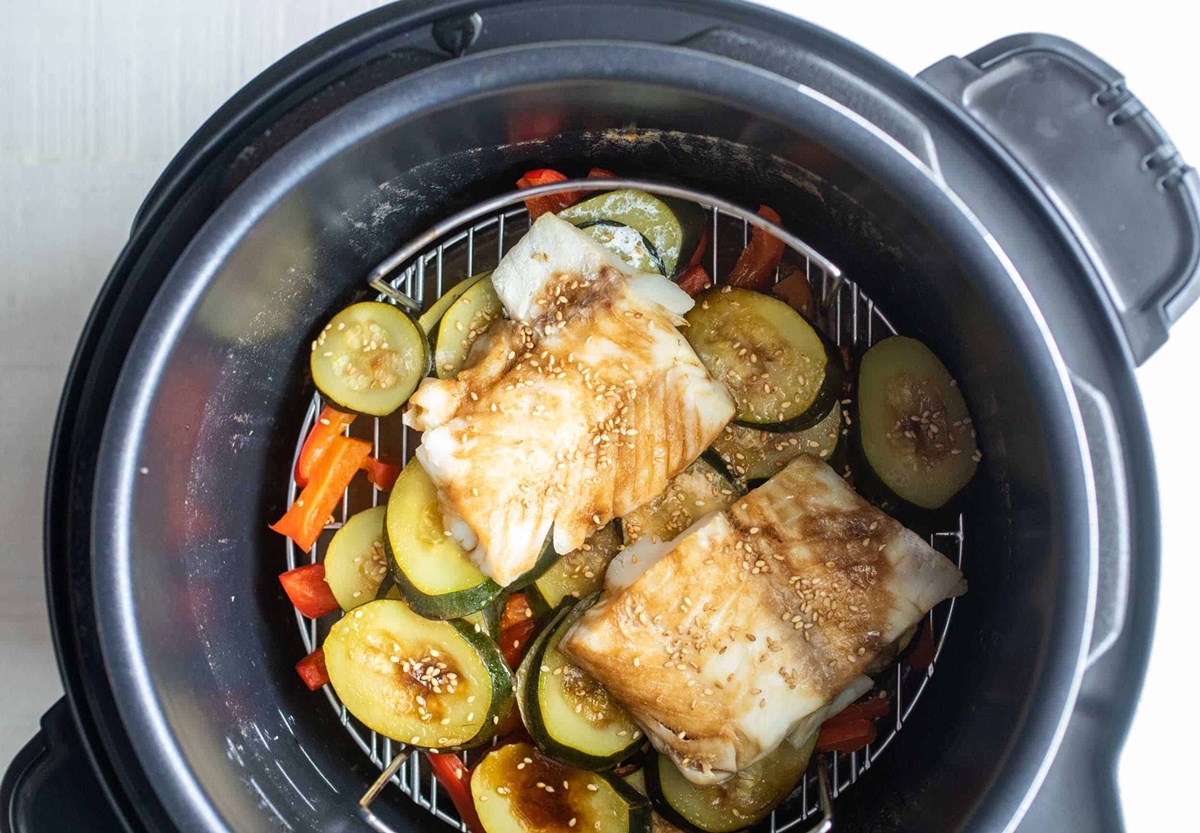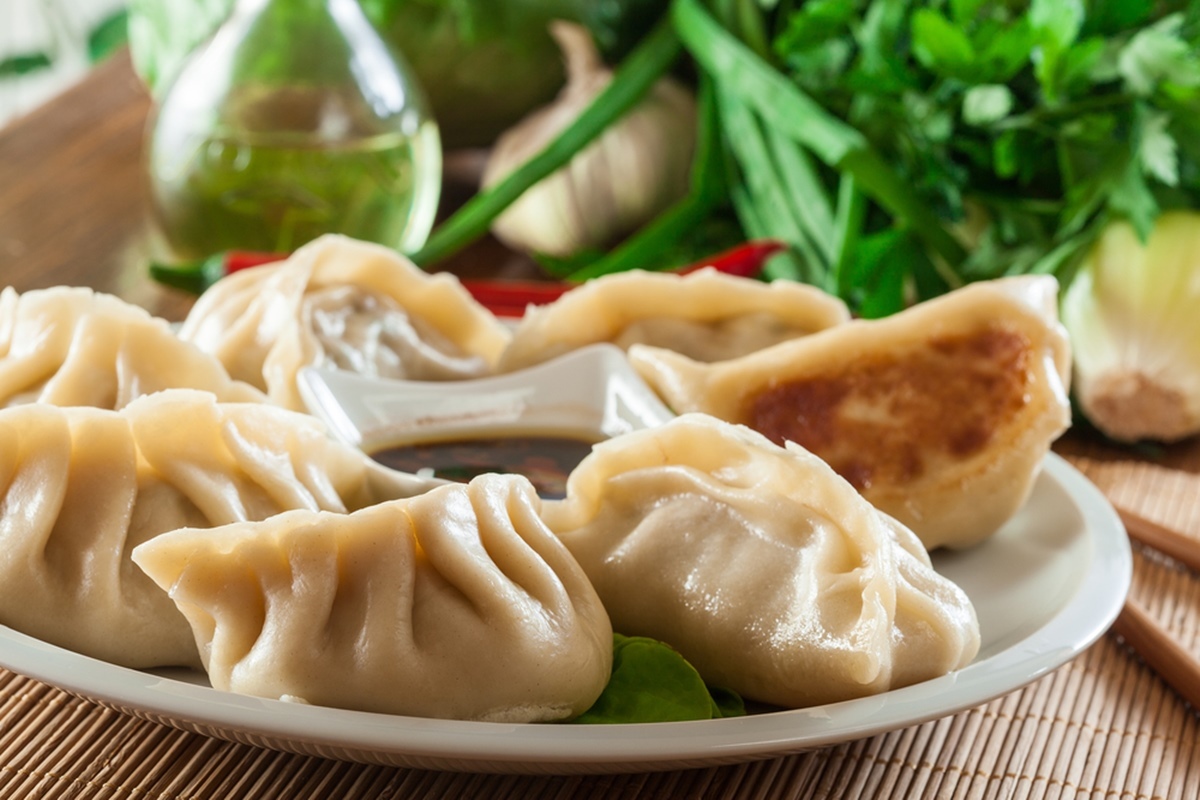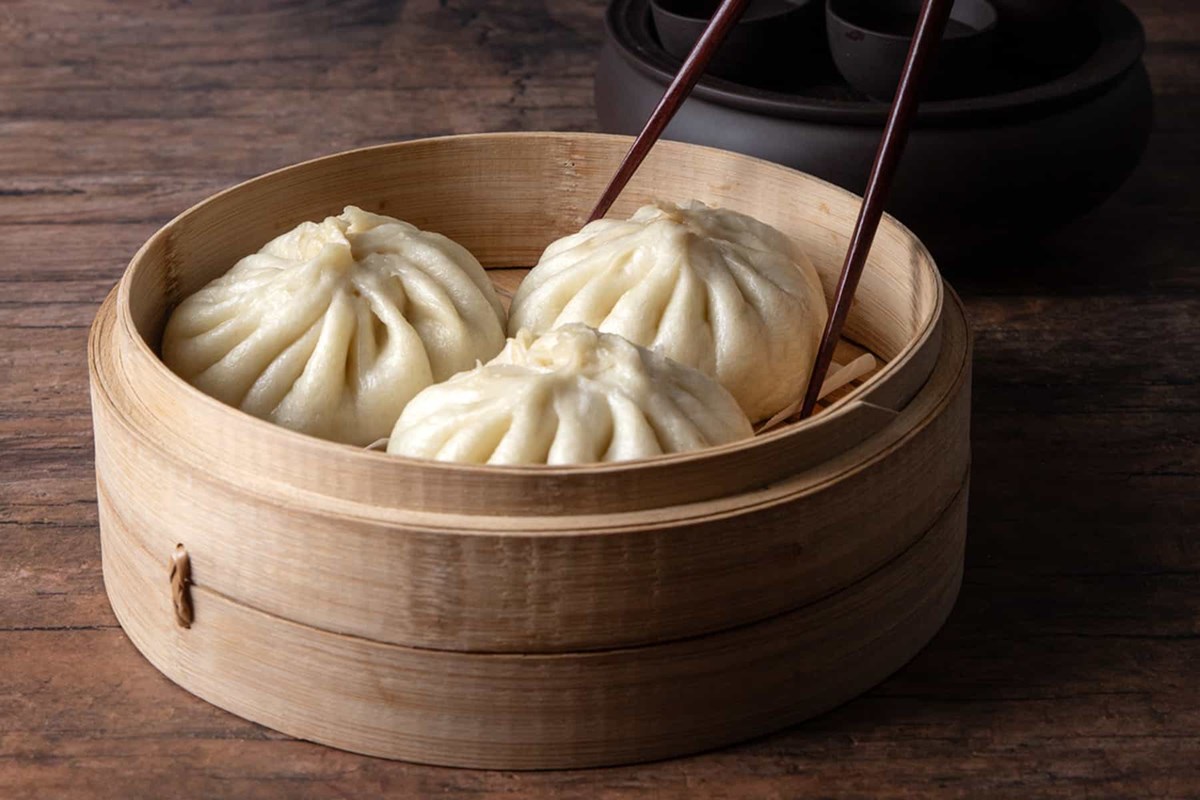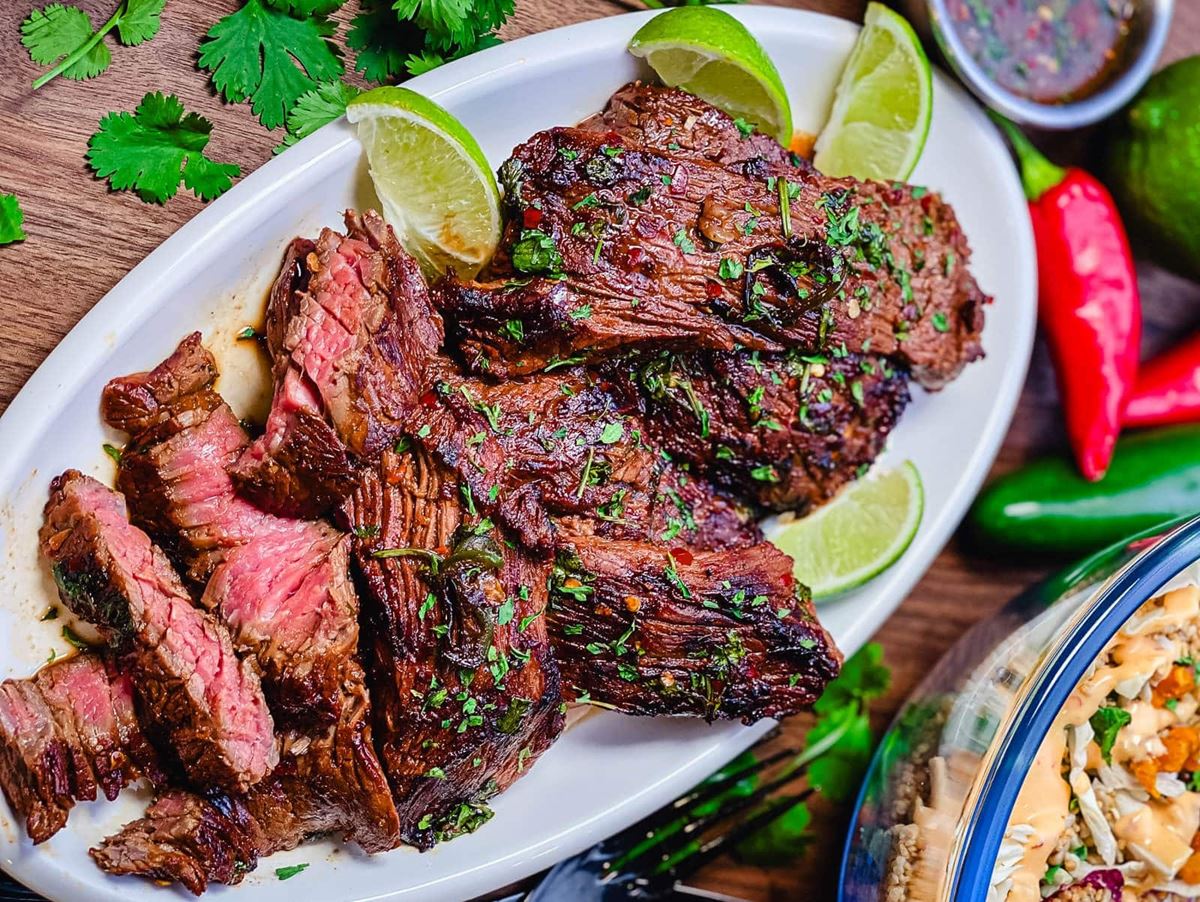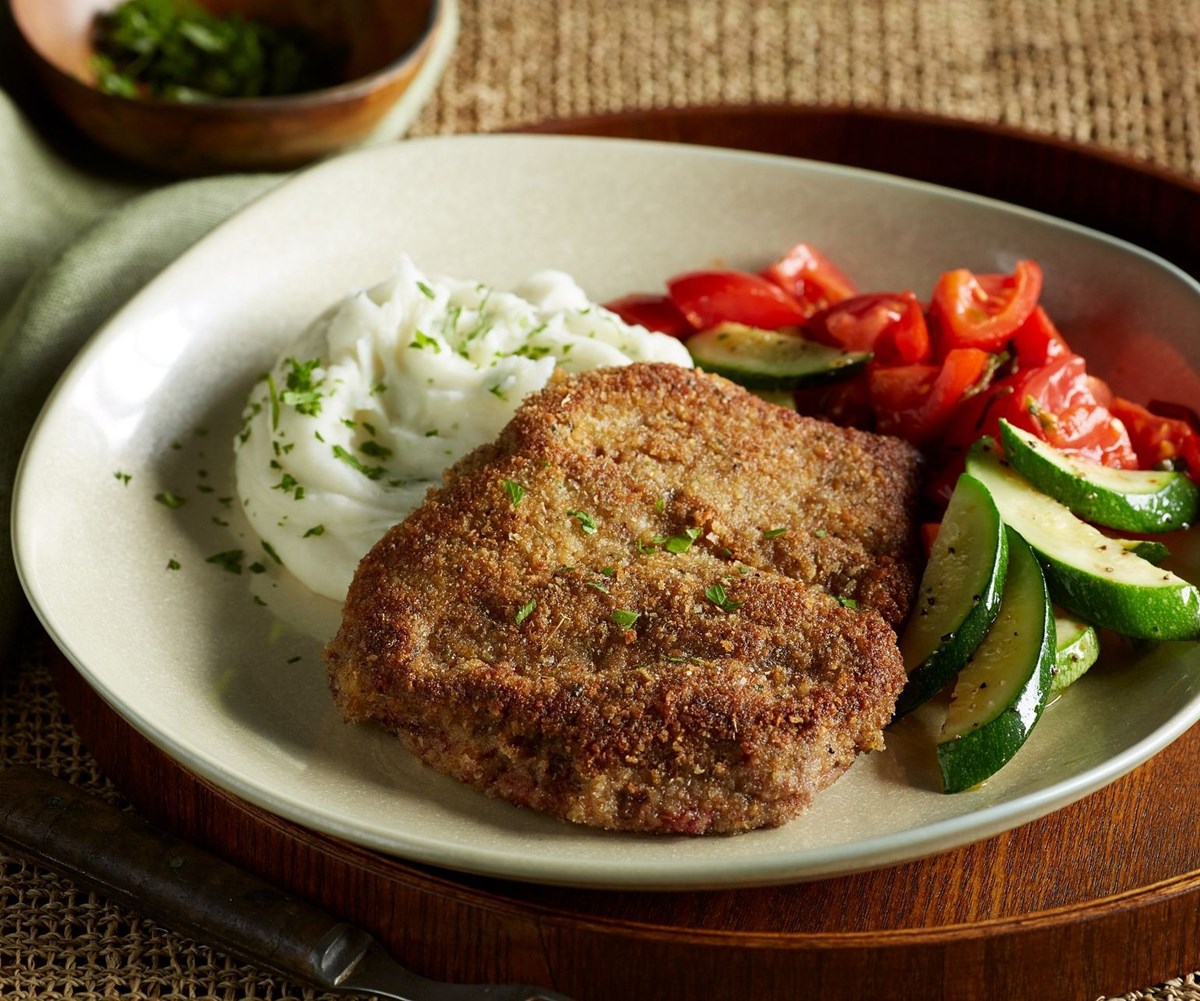Discover the Secret to Baking Perfect Pasta in the Oven
When it comes to cooking pasta, most people instinctively reach for a pot of boiling water. But what if we told you there’s a deliciously different way to cook plain pasta? Yes, you heard it right! In this post, we’ll unveil an unconventional method that guarantees a delightful twist to your pasta game – baking it in the oven. Not only does this method simplify the process, but it also infuses your pasta with incredible flavors you never thought possible. Let’s dive in and learn how to bake plain pasta in the oven!
What You’ll Need:
- 1 pound of your favorite pasta
- 4 cups of boiling water
- 1 tablespoon of olive oil
- 1 teaspoon of salt (adjust to taste)
- Your choice of herbs and spices
- 1 cup of your preferred sauce (optional)
- Grated Parmesan cheese (for serving)
Follow these easy steps to achieve pasta perfection:
- Preheat your oven to 425°F (220°C) and position the rack in the middle.
- In a baking dish, combine the pasta, boiling water, olive oil, salt, and any herbs or spices you desire. Give it a gentle stir to ensure everything is well mixed.
- Cover the dish tightly with aluminum foil and place it in the oven.
- Bake the pasta for about 15 minutes, or until it reaches your desired level of tenderness. It’s always a good idea to check on it periodically and give it a stir to prevent sticking.
- Once the pasta is cooked, remove it from the oven, and carefully remove the foil.
- At this point, you can choose to toss the pasta with your favorite sauce for added flavor, or you can serve it plain if you prefer a more simple approach.
- Top your baked pasta with a generous sprinkling of grated Parmesan cheese to add a delightful touch of richness.
- Serve your oven-baked pasta hot and enjoy the mouthwatering results!
By baking plain pasta in the oven, you unlock a world of possibilities. Not only does this method save you time and effort, but it also adds a unique twist to your pasta dishes. The oven’s dry heat allows the pasta to cook evenly, resulting in a slightly chewy texture on the outside while remaining tender on the inside. This technique also enhances the absorption of flavors, making each bite burst with deliciousness.
So, the next time you’re craving pasta, don’t automatically reach for that pot of boiling water. Give the oven-baked method a try and elevate your pasta experience to greater heights. Your taste buds will thank you!
Explore More Recipes and Creative Uses
Now that you've mastered the art of cooking plain pasta in the oven, why not put your skills to the test with some more complex and flavorful dishes? From the rich and creamy Creamy Oven-Baked Macaroni to the vibrant and zesty Zesty Baked Cavatappi, each recipe offers a unique way to elevate your pasta game. For those looking to impress at their next dinner party, the Elegant Lasagna Roll-Ups come highly recommended for their sophisticated presentation and delightful taste. Alternatively, the Healthy Baked Penne is a must-try for anyone seeking a healthier yet equally satisfying option. These recipes not only showcase your newfound cooking technique but also promise to bring delicious variety to your kitchen table.
Was this page helpful?
Read Next: How To Cook Frozen Orange Chicken
